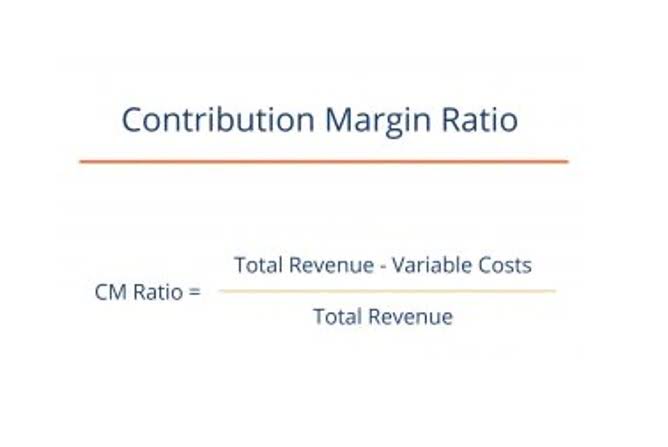Cash Disbursement Journal: Definition & Sample Entries

In the context of cash disbursement, drawdowns refer to the withdrawal of funds from a credit facility, such as a term loan or line of credit. When a business needs additional cash for operations or investments, it can request a drawdown from the lender. The lender then transfers the requested funds to the company’s bank account, which is recorded as a cash disbursement. Creating any type of accounting journal can be as simple bookkeeping or complex as you want you to make it. The more details you add to each payment journal entry, the better understanding you’ll have of your cash outflows. The hypothetical scenario showcases how a cash payments journal is crucial in transparent financial reporting and strategic decision-making for TechTech Solutions.

Understanding a Cash Disbursement Journal

Below, I’ll discuss how you can use Google Sheets’ table feature to track all cash payments. Cash disbursement is the process which a company makes payments to suppliers or other parties. The general ledger accounts are parts of the double-entry bookkeeping. Therefore, each account would carry a contra-account balance as well. Each transaction should be recorded with a transaction reference number, date, type, account used, payee name, and so on. Input the information from your disbursement journal into your small business general ledger.
How does a cash disbursement journal look?
By itemizing all cash payments, this journal helps businesses organize their outgoing cash records. In QuickBooks, the cash disbursement journal isn’t a standalone feature but is reflected in check registers, vendor payment reports, and the expenses tab. Modern accounting software eliminates the need for traditional manual records, focusing on streamlining the recording process for efficiency and accuracy. Apart from this, cash payment journals also play an essential role in auditing. Maintaining a primary record and supporting documents like receipts, bank statements, etc., will help the auditor understand the transactions.
What Are AFS Securities and How Are They Reported in Accounting?
- Apart from this, cash payment journals also play an essential role in auditing.
- This section is vital for preparing financial statements and understanding the nature of expenses.
- The company would need to credit its cash balances and debit corresponding accounts.
- The first transaction, the company disbursed cash of $ 5,000 to purchase the assets which is the inventory.
- Similarly, it will record inventory returns and damages paid to its customers in the cash receipt book as reversal entries.
He diligently manages a cash payments journal to document cash outflows promptly. At the end of each month, Brian conducts a thorough reconciliation of the journal’s entries. These are some of the basic information that is usually included in a cash payments journal.
As long as there is an outflow of cash, it should be recorded in the CDJ. If you’re not tracking cash payments, it’s hard to know how much you’re really spending and receiving through your business. Here is a comparative study of the pros and cons of a cash payments journal. The structure of the journal, frequency of reconciliation, etc., depends on the industry the company belongs to. It can include the payments made to suppliers, interest payments to the bank, purchase of assets, distribution of salaries to employees, etc. A cash disbursement will record any cash transfer, not just that of physical cash.

Cash Disbursement Journal: Definition & Examples
Each cash payment is recorded as a line item in the cash disbursement journal as shown in the example below. In this example, it is assumed that payments are to suppliers for credit purchases, and amounts paid for cash purchases. Transactions recorded in a cash payment journal are then carried forward to record in the general ledger. These figures then become part of the financial statements of the business after going through a reconciliation check. Modern bookkeeping services go beyond basic record-keeping, offering CFO-level insights that help businesses improve cash flow, optimize expenses, and make data-driven financial decisions. Strategic bookkeepers provide real-time financial intelligence, track key performance indicators (KPIs), and ensure businesses remain audit-ready and investor-friendly.
The assets account can be inventory, fixed assets, and other assets depending on the nature of the purchase. For instance, in the case of returned or damaged inventory a business should record the reversal entry in the cash payment log as well. A cash disbursement journal is a multi-column form that includes several pieces of information. A business can add or delete any number of columns to it depending on the needs.
- When a business acquires fixed assets such as equipment, machinery, or vehicles, the payment made for the purchase is a cash disbursement.
- Read on to get a closer look at recording cash disbursements in your books.
- A cash disbursement journal documents the payments made by a business.
- Instead of posting each payment separately, it summarizes all disbursements at the end of the accounting period and records them as a single compound entry in the GJ.
Recording entries in cash disbursements journal

Cash disbursement is crucial for managing business expenses efficiently, ensuring smooth operations and financial stability. Tracking payments helps maintain accurate records, avoid discrepancies, and support financial planning. Automating processes reduces errors, saves time, and improves efficiency, while ensuring security prevents fraud, safeguards funds, and enhances compliance. Cash disbursement is a critical financial process that every business must understand and manage effectively. Efficient cash disbursement management ensures that a business meets its financial obligations on time while maintaining adequate cash flow for Bookkeeping for Painters operational needs. The cash payments journal enables a faster, cheaper, and more meticulous accounting mode.
One of the journal’s key advantages is its ability to provide a clear audit trail. Each entry links directly to supporting documentation, such as invoices or receipts, allowing auditors to trace payments back to their source. For example, if an auditor questions a large payment, the company can quickly produce the corresponding invoice and proof of payment. This transparency streamlines the audit process and reduces the risk of penalties for non-compliance. Additionally, the journal helps identify irregularities, such as cash disbursement journal duplicate payments or unauthorized disbursements, which can be addressed proactively before an audit begins. The cash disbursement journal is organized into several sections, each designed to document cash outflows accurately and facilitate financial reporting.